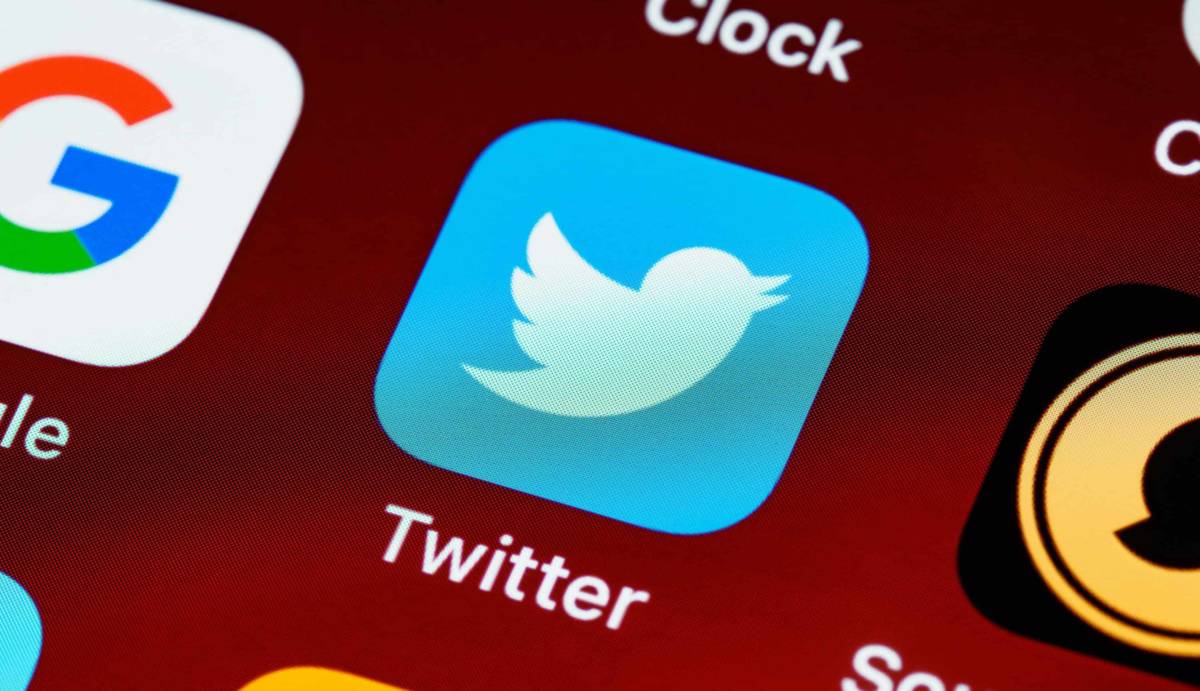
Any company with customers or users receives feedback, product suggestions, and requests. Even coworkers have different opinions on their company’s direction.
So what is the best way to evaluate ideas and prioritize them? How do you separate the signal from the noise?
For Twitter, it begins with a clear definition of who the company is and what makes it different.
How Twitter Makes Decisions
In 2017, Twitter’s then-COO Anthony Noto spoke to Recode senior correspondent Peter Kafka at the Code Conference in Southern California.
The first question that Kafka asked Noto, who now serves as CEO of SoFi, revealed Twitter’s decision-making framework.
“Would you ever consider ditching ads and making this a subscription-only service?” Kafka asked Noto.
To paraphrase, Noto explained a three-step process that Twitter uses to help them answer questions like these.
- Define the company’s unique value proposition.
- Define the elements that drive that value.
- Use those elements as a lens through which to make decisions.
This is how Twitter answers each of these, per Noto.
Who is Twitter? Twitter’s unique value proposition for consumers is that it’s the best at showing you what’s happening in the world and what people are talking about.
How does Twitter achieve this value?
Fastest: No one breaks news faster than Twitter. Their tweets are publicly available and broadly distributed. There are 1.6 billion people per month who see tweets on 3rd-party digital properties.
Comprehensive selection: Search on any topic, and Twitter will have content that is relevant in a real-time way on a daily basis.
Discussion: Because tweets are publicly available, Twitter creates a discussion around topics. That discussion makes the content more relevant and engaging.
Personalization: Because Twitter knows who you follow, they can serve content to you that you will find relevant. This adds to the experience.
So should Twitter become a subscription-only service? Without answering directly, Noto explained that the company weighs that decision by debating if the move will make the product faster, add to its selection, build more discussion, or make it more pesonalized and relevant.
Interestingly, three years later, it appears that Twitter is exploring a subscription model.
How Companies Can Adopt Twitter’s Framework
Twitter’s approach allows them to focus vs. attempt to be everything to everyone. Beyond that, this framework eliminates a lot of subjectivity from decision-making processes.
Noto also alluded to a frequent issue inside companies. That is, if you ask 10 people what the company does best, you often will get 10 different answers. As long as that is the case, it’s difficult for companies to reach a consensus and buy-in on product decisions.
Beyond that, your company may understand what the “thing” is that makes it special, but if no one can agree on which elements contribute to that “thing,” then the company will be misaligned.
This framework can be used beyond product decisions, too. Imagine using this for budget decisions and hiring. Overall, it’s a great way to gain clarity within an organization and avoid a lot of consternation.
This post was written by 3rd + Lamar co-founder + CEO Nick Schenck.



